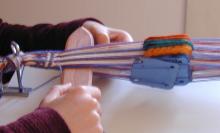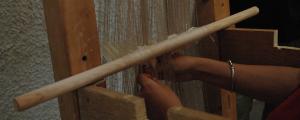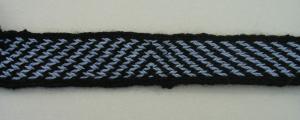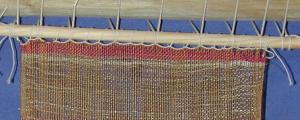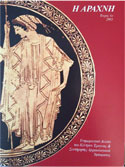Experimental archaeology
One category of projects carried out by the ARTEX research team is experimental archaeology. Until today, experiments have focused on the reconstruction of textile tools, extant textiles and decorative patterns depicted in ancient iconography. The techniques investigated include spinning with a spindle, weaving on reconstructed a warp-weighted loom, tablet weaving and sprang. Another topic of research was the function of loom-weights on the warp-weighted loom and the methodology of a functional study of textile tools, which can yield information on the characteristics of textiles potentially produced with a specific set of tools.
In the future, we look forward to study technical details of ancient Greek clothing in different periods, such as clothing design and embellishment.
- Log in to post comments
Activities
In 2009, Stella Spantidaki carried out a reconstruction of a linen fabric found in the Bronze Age site of Akrotiri and studied by ARTEX, in order to understand the weaving technique and the tools used.
In 2005, during her Masters on textile production in Akrotiri, Thera, Stella Spantidaki carried out a series of weaving experiments in order to better understand the techniques that may have been used to create decorative patterns depicted on garments in wall-paintings of the site.
In 2003, Youlie Spantidaki, in the context of a experimental archaeology seminar at the Atelier des Trames Filantes, Plessix-Balisson, France, with weaver Marie-Pierre Puybaret, specialised in archaeological reconstructions, carried out a reconstruction of the 5th c. BC fabric from Kalyvia, Attica.

